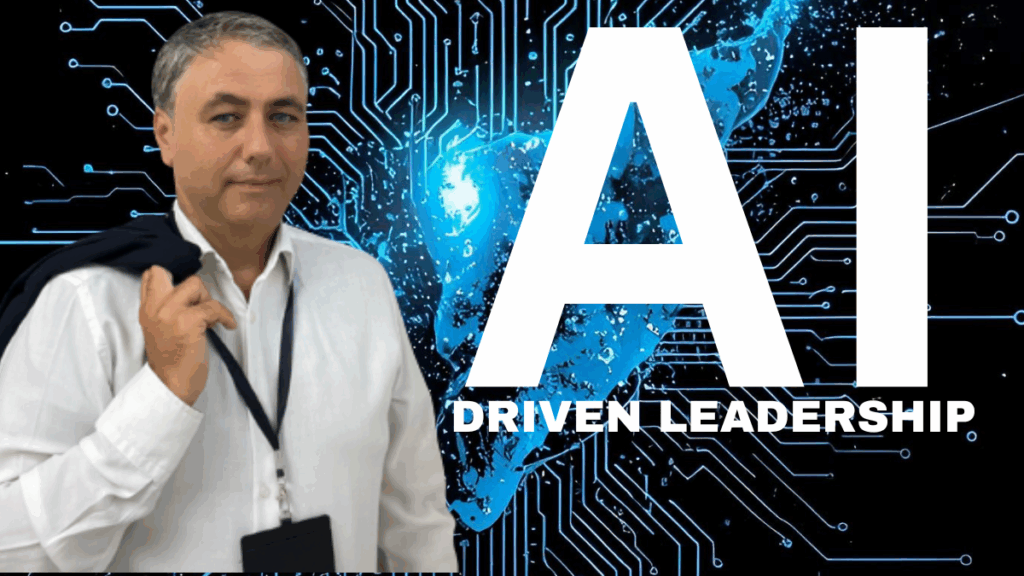
Artificial Intelligence (AI) is no longer a futuristic luxury for large corporations.
In 2025, it has become an accessible, affordable, and transformative tool for small and medium-sized businesses (SMBs) — helping them save time, improve decisions, and drive measurable growth.
Yet many small business owners ask the same question:
“Where do I start — and how do I know if it’s worth the investment?”
This article offers a step-by-step roadmap to implementing AI projects effectively and tracking their return on investment (ROI) with confidence.
Step 1: Define the Business Problem — Not the Technology
Before choosing any AI tool, identify the specific challenge you want to solve.
Start from business pain points, not from a fascination with technology.
Ask yourself:
-
What processes are repetitive or time-consuming?
-
Where do human errors cost time or money?
-
Which decisions would benefit from better data insights?
Example: Instead of saying, “We want to use AI,” say, “We want to reduce customer service response time by 30% using AI chatbots.”
Clear goals lead to measurable results.
Step 2: Start Small with High-Impact, Low-Risk Projects
Don’t try to automate everything at once. Begin with pilot projects that are easy to implement but deliver visible benefits.
Some ideal starting points for small businesses:
-
Customer support automation (AI chatbots or email assistants)
-
Marketing optimization (AI-generated content, campaign analytics)
-
Inventory or sales forecasting (predictive analytics tools)
-
Finance and admin tasks (AI-powered expense tracking or reporting)
These projects build momentum and internal confidence before scaling to larger initiatives.
Step 3: Choose the Right Tools for Your Needs
You don’t need a team of data scientists to adopt AI.
There are now dozens of low-code or no-code platforms designed for small businesses.
Some examples:
-
ChatGPT / Claude – Content creation, emails, reports
-
HubSpot AI / Pipedrive AI – Sales and marketing automation
-
Zoho Analytics / Power BI with Copilot – Data insights and dashboards
-
QuickBooks AI – Financial automation
-
Canva Magic Studio – Visual and creative support
Pick solutions that integrate easily with your current systems — simplicity is key.
Step 4: Prepare and Organize Your Data
AI runs on data.
Before implementation, ensure your data is clean, structured, and accessible.
That means:
-
Removing duplicates or outdated information
-
Standardizing file formats (e.g., customer names, dates, categories)
-
Consolidating information from different departments
The better your data, the smarter and more reliable your AI outcomes will be.
Step 5: Train Your Team and Build Confidence
Even the best AI project will fail if your team doesn’t understand or trust it.
Hold short, hands-on workshops that show employees how AI supports them — not replaces them.
Encourage experimentation. Let teams test the tools and share feedback.
AI adoption succeeds when people see how it makes their daily work easier.
Step 6: Track Key Performance Indicators (KPIs)
To measure ROI, define success metrics before implementation.
Some common AI KPIs include:
-
Time saved per process
-
Error reduction percentage
-
Increase in customer satisfaction scores
-
Conversion rate improvements
-
Cost savings or revenue gains
Use dashboards and analytics to track these results over time.
If you can quantify efficiency gains, your ROI will speak for itself.
Step 7: Evaluate ROI Using Real Data
ROI (Return on Investment) is simple to calculate:
ROI = (Net Benefit – AI Implementation Cost) ÷ AI Implementation Cost × 100
Example:
If a chatbot reduces customer service costs by $10,000 per year and costs $2,000 to implement,
ROI = (10,000 – 2,000) ÷ 2,000 × 100 = 400% ROI
This approach helps business leaders justify AI investments with concrete evidence, not assumptions.
Step 8: Scale What Works
Once your pilot project shows measurable success, expand it to other areas.
Document lessons learned, refine workflows, and build internal AI champions who can help train others.
Each phase should increase value without overwhelming your organization.
Gradual, strategic growth ensures long-term adoption and trust.
Step 9: Prioritize Security and Compliance
Data security is crucial.
Choose AI vendors that follow GDPR or equivalent data protection standards, and always inform customers about how data is used.
Transparency builds trust — both internally and externally — and ensures ethical, sustainable adoption.
Step 10: Keep Learning and Adapting
AI evolves fast. What’s cutting-edge today may be standard tomorrow.
Encourage continuous learning within your team: stay curious, attend webinars, follow reliable sources, and test new tools regularly.
Businesses that stay flexible will always be a step ahead.
Why Measuring ROI Matters
AI isn’t just a trend — it’s an investment.
By measuring ROI, you prove its tangible value to the organization and can reinvest intelligently in what works best.
More importantly, it helps align AI with your strategic goals, ensuring every project drives measurable growth, not just automation for its own sake.
Ready to Lead Your Business into the AI Era?
Adopting AI successfully isn’t just about tools — it’s about leadership, vision, and transformation.
If you want a practical guide to integrating AI into your business strategy — from mindset to measurable action — this book is your next step.
AI Driven Leadership
Discover how to turn Artificial Intelligence into a strategic advantage.
Learn how to lead teams, innovate responsibly, and create a culture ready for the future of work.
🎁 2 Free eBooks
Download the main eBook instantly and get 2 exclusive bonus eBooks as a free gift:
🔗 https://louismolino.com/ai-drive-bundle-eng/
📖 Or grab your printed copy directly on Amazon:
🔗 https://www.amazon.com/Driven-Leadership-Innovation-leadership-strategies/dp/8894360075
